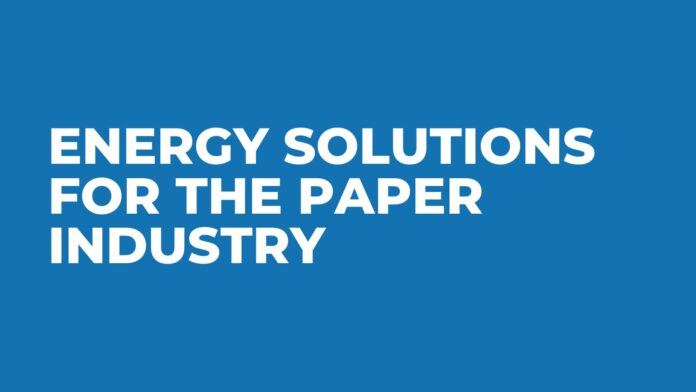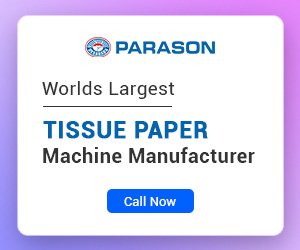The paper industry has become a part of the modern economies as it supplies everything from office supplies to packaging materials. And also, this industry is one of the most energy-consuming industries globally.
The paper industry consumes vast amounts of electricity, steam, and water. With rising energy costs and increasing environmental concerns, energy solutions for the paper industry have become crucial for both profitability and sustainability.
In this blog, we’ll explore various energy-efficient solutions that can help the paper industry reduce its carbon footprint, optimize energy consumption, and remain competitive in a changing market.
1. Energy Audits and Assessments
Energy audit and assessment are one of the main steps towards improving energy efficiency. It can be the start of the energy solutions for the paper industry. An audit helps identify key areas where energy is wasted and helps to get the solutions to reduce energy consumption.
In the paper industry, audits can point out the inefficiencies in process like pulping, drying and the paper finishing. With this audit data, companies can take actions to upgrade the equipment or optimizing the process to save energy and reduce costs.
Benefits:
- Identifies inefficiencies
- Reduces operating costs
- Supports long-term sustainability goals
2. Upgrading to Energy-Efficient Machinery
In any industry, outdated machines consume more energy, hence the innovations and upgradation of the machines are necessary. Using upgraded modern machinery can be energy-efficient compared to old and outdated machines and it is one of the best energy solutions for the paper industry.
Investing in advanced machinery such as variable speed drives, highly efficient motors, and steam management systems can drastically reduce energy consumption. For example, modern paper machines are equipped with optimized drying sections that use less steam while delivering high-quality paper.
Benefits:
- Immediate energy savings
- Lower maintenance costs
- Improved productivity and product quality
3. Combined Heat and Power (CHP) Systems
Combined Heat and Power (CHP) systems, also known as cogeneration, generate both electricity and thermal energy from a single fuel source. CHP systems are ideal for industries with continuous thermal and electrical demands, like the paper industry. These systems can increase energy efficiency by up to 80% compared to traditional energy production methods, thus reducing greenhouse gas emissions and lowering energy bills.
Benefits:
- Higher energy efficiency
- Reduced carbon emissions
- Lower energy costs over time
4. Renewable Energy Integration
Integrating renewable energy such as solar, wind, and biomass can be a better energy solution for the paper industry. Biomass is a particularly viable option for the paper industry as it can be generated from the wastewater from the paper mill. Using the Effluent Treatment Plants can help to generate the renewable energy from the wastewater.
Benefits:
- Promotes sustainability
- Lowers long-term energy costs
- Reduces environmental impact
5. Waste Heat Recovery
Waste heat recovery systems capture excess heat from industrial processes and reuse it to power other operations. In paper mills, this excess heat is often lost during pulping and drying processes. By installing heat exchangers or other recovery systems, mills can repurpose this energy, thus reducing the need for external heating and lowering fuel consumption.
Benefits:
- Reuses energy that would otherwise be wasted
- Reduces fuel consumption
- Cuts down on energy costs
6. Smart Energy Management Systems
Adopting digital energy management solutions can help paper manufacturers monitor and optimize their energy consumption in real-time. Smart energy management systems use sensors and data analytics to track energy usage, identify patterns, and suggest energy-saving measures. This allows for more efficient use of energy resources and helps paper mills respond quickly to energy demand fluctuations.
Benefits:
- Real-time energy tracking
- Improved process efficiency
- Lower operational costs
Conclusion
The paper industry has to become more energy efficient and save energy while producing all types of paper products, from writing-printing, and tissue, to packaging materials. Hence the energy solution for the paper industry is necessary to overcome the need of becoming the energy efficient industry. Solutions like ETP and the above-mentioned energy solutions for the paper industry can be helpful. If you need more information and solutions or guidance for the audit, ETP plant, or any other services regarding the paper industry, you can contact us and our team will guide you with their expertise.
Are you ready to explore energy-efficient options for your paper mill? Start by conducting an energy audit and take the first step towards sustainability today.

